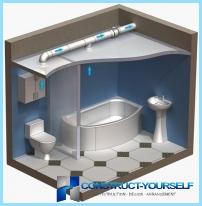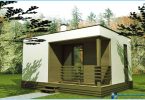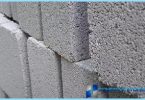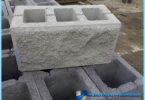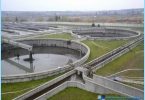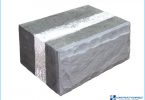The contents
Polymer concrete (or «artificial stone») is the modern form of the concrete mix, which is traditional for conventional concrete binder (cement or silicate) polymer is used. The polymer is a viscous liquid, otherwise referred to as a synthetic resin. In the production of polymer concrete is mainly used epoxy, furan and unsaturated polyester resin. Fillers for the mixture can serve as granite or basalt crushed stone, silica sand or crushed Sandstone.
Polymer concrete was established in the United States and is widely used abroad. Today, this material is gaining popularity in Russia. It is used in construction, sculpture, furniture, ritual production.
The advantages and disadvantages of polymer concrete ↑
Due to its composition, the polymer concrete has a number of significant advantages, and often helps where the probability of failure or deformation of conventional concrete.
Advantages of polymer concrete:
- High water resistance and resistance to temperature extremes. These qualities provide a rapid evaporation of water droplets from the surface of articles made of polymer concrete and prevent the occurrence of cracks and other defects in the cold season.
- Capacity for rehabilitation plots exposed to mechanical damage.
- Good resistance of the material effects of aggressive chemicals. This gives you the opportunity to use the polymer without the application of special coatings in various conditions.
The combination of high strength and relatively low weight material. This combination of properties of polymer concrete allows to create from it is simple to operate products with a small cost.
- Smooth and non-slip surface material. Due to this quality products «artificial stone» long is not sticky, and any dirt can be removed easily.
- The variety of colors. In their external manifestations the polymer concrete can mimic natural stone, such as marble, granite, malachite, creating a wide range of options for its use.
- The possibility of material processing with the subsequent return to production.
The disadvantages of polymer concrete compared with conventional concrete can be considered:
- the Flammability of the material;
- a higher price associated with the cost of binding components.
The composition of the polymer ↑
To prepare the polymer, first of all, you need to study in detail its composition. This mixture includes three basic components:
- binder (one of the following resins: unsaturated polyester, furfuraceous, furano-epoxy, urea, ether methyl methacrylic acid);
- coarse aggregate (gravel and sand);
- ground filler (quartz, andesite flour, graphite powder).
To create a mixture of gravel rock sizes up to 40 mm. In this case, if the grain size is not greater than 20 mm, use the fraction 10-20 mm. If the size of aggregate – 40 mm, to increase the strength of the finished material, use two factions: 10-20 and 20-40 mm.
Quartz sand mixtures are needed with grains up to 5 mm. will ensure that in its composition was not dust, silt and clay.
Powdered filler can reduce the cost of expensive resin, so the binder is injected mineral flour with a particle size up to 0.15 mm.
Also in the manufacture of polymer concrete you can use a surfactant, dyes, flame retardants, preservatives and other additives that increase the final quality of the material. Most often Pavam in the case of our mixture acts saponified wood tar, the use of which improves the insulating characteristics of the finished polymer.
How much heavy filler will be used to create our mix will depend on the class material:
- superheavy (2,5-4 t/mThree);
- heavy (1,8-2,5 t/mThree);
- lightweight (0,5-1,8 t/mThree);
- ultralight (less than 0.5 t/mThree).
The preparation technology of polymer concrete with their hands ↑
Having studied the composition of the polymer can begin to prepare mixture at home. We will act according to the algorithm given below. This algorithm implies a separate mixing of resins and fillers and is considered very efficient from the point of view of strength of the obtained material, its homogeneity, and the speed of the process.
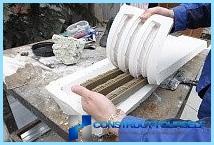
- The aggregate (crushed stone or gravel) washed and purified from impurities.
- The sand is sifted and separated from impurities.
- Dry the washed aggregate until the moisture content will be in the range of 0.5-1%.
- Loaded into the mixer components of the filler necessarily in the following order:
- crushed stone;
- sand;
- filler.
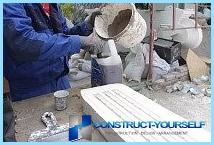 Stir the mixture for 2 minutes without adding water, add water and stir again.
Stir the mixture for 2 minutes without adding water, add water and stir again.Consider the features of pouring the finished mixture in the form:
- Pre-p
okruhem surface of the mould with paraffin, petroleum jelly or machine oil to eliminate the adhesion of polymer concrete.
- Pour the mixture over the entire area of the form, taking care to leave no cavities, leveled.
- The sealing mixture on a vibrating table or with the attachment of the vibrator for 2-3 minutes. Of readiness can be judged by the formation on the surface of the liquid fraction.
- Be sure to quickly clean the mixer from the remnants of the material, otherwise the mixture will solidify.
- To remove the form from the completed product at the end of the day.
The scope of application of the polymer concrete ↑
Products from polymer concrete a lot, the most popular of them are:
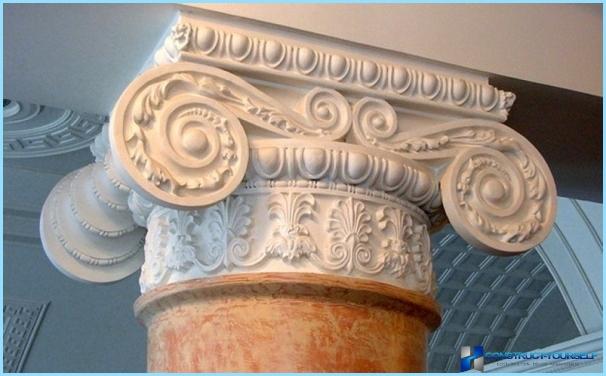
- countertop for kitchen;
- sinks for bathrooms and kitchens;
- bathrooms;
- shell;
- sills;
- fireplaces;
- railings;
- balusters;
- columns;
- stage;
- fountains;
- floors;
- vases;
- stucco;
- monuments, fences and more.
Consider some of the products made of this material read more.
Kitchen countertops ↑
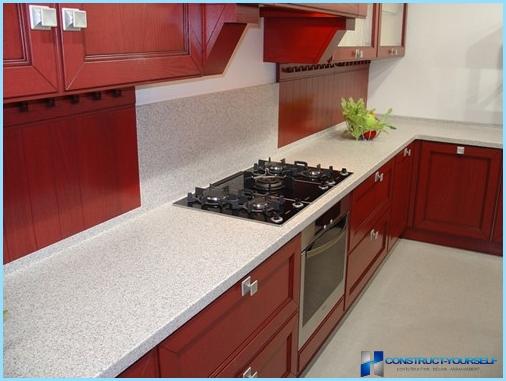
Countertops made of concrete are all the rage, thanks to a number of advantages. First of all, they are practical, and will be for a long time and reliably serve you for years. Look of countertops made of this material is stylish and easy to fit into any kitchen interior, the wider the range of colors will be perfect to facilitate this. The surface of this countertop soft to the touch and easy to clean. Visually, the top made of polymer concrete does not differ from its counterpart of natural stone, and wear resistance, strength and resistance to moisture is significantly superior to a natural material.
Floors ↑
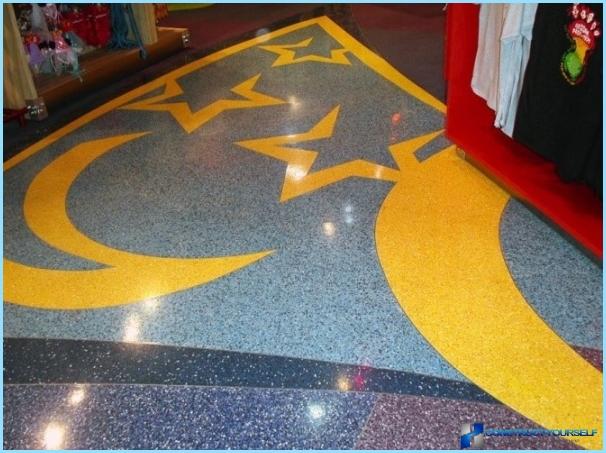
A floor covering made of polymer concrete will be pleased with the ease of installation and ease of cleaning. On the floor of a material practically does not accumulate dust. The cost of flooring is relatively low, they are plastic and are not afraid of stress. The thicker coating of polymer, the longer will be the period of its operation. The minimum guarantee period is 10 years for covering thickness 2 mm.
Facade decoration ↑
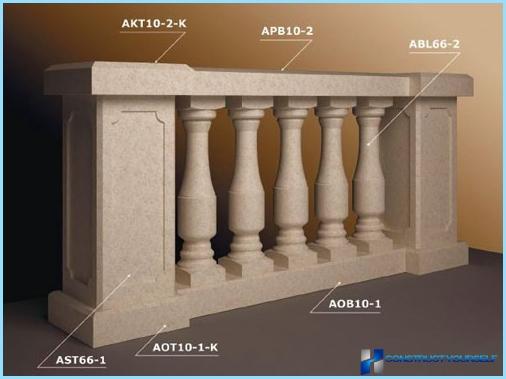
Compared to natural stone advantages of polymer concrete in the creation of façade structures is undeniable. Externally this material easily simulates, for example, marble or granite, while being easier. Thanks to this quality, the lining is not necessary in forming the Foundation and establishment of a subsidiary fortifications. Polymer concrete is not afraid of rain and frost, just mounted, has a unique texture, wide colour palette and durability at an affordable price.
Monuments ↑
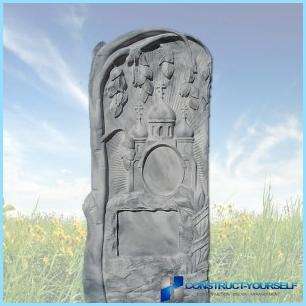
Today, along with materials such as granite and marble, more common monuments and fences of polymer. This material is particularly good because it adequately stand any weather conditions, be it cold or rain, not destroyed, preventing cracks and damage. Moreover, the high smoothness and gloss of the surface of the product provide an aesthetic appearance and clarity of the picture.
This video demonstrates the process of self-production of a mixture of lightweight polymer concrete and countertops from it:

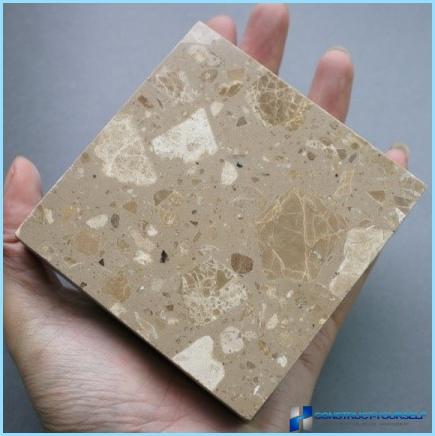
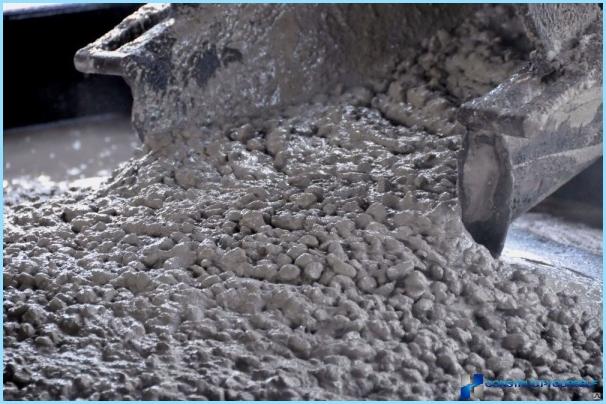
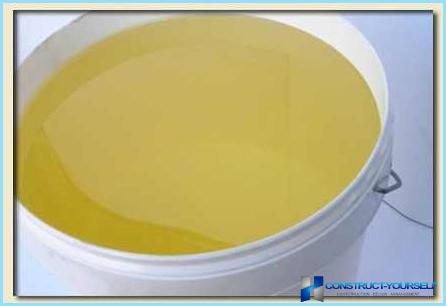
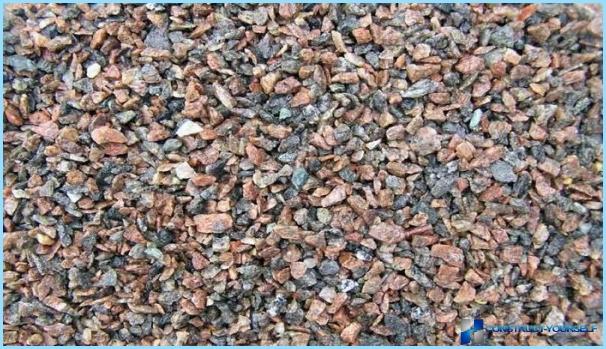
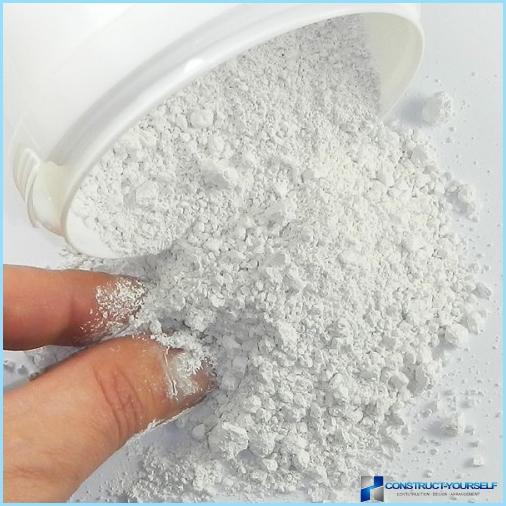
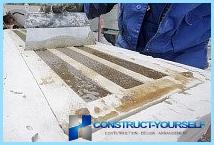 okruhem surface of the mould with paraffin, petroleum jelly or machine oil to eliminate the adhesion of polymer concrete.
okruhem surface of the mould with paraffin, petroleum jelly or machine oil to eliminate the adhesion of polymer concrete.